This week was CSCW 2018 – the conference about Computer Supported Collaborative Work. While I was there I attended workshops, panels, and paper presentations. I heard about a lot of great work happening in this space. I thought I would take a moment to recap some* of the things I heard about and learned while I was there. *Note: As my work pertains largely to Digital Mental Health, I’m going to focus on that for this short blog.
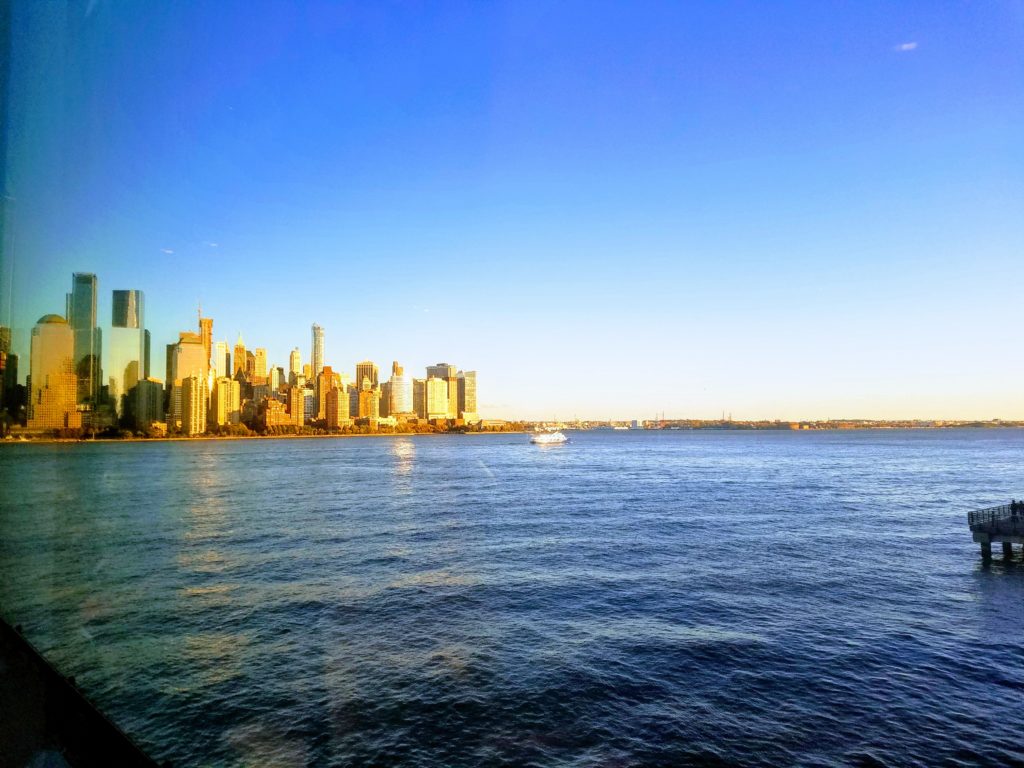
Day 1: Workshops
On the first day, I attended a workshop on Conducting Research with Stigmatized Populations. For more information, be sure to check out the website. The discussions we had were thought-provoking. We discussed the ethical and moral responsibilities of researchers who work with stigmatized populations. The range of work covered health, working with youth, working with refugees, international work, gender diversity, and more. The most intriguing part of the workshop – and most encouraging – was how our different research interests and communities intersected and aligned. Stay tuned for more about this workshop.
Day 2: Workshops
The second day, I attended the workshop on Social Issues in Personal Informatics. In this workshops we discussed the intersection of social computing and personal informatics. Concerns such as how to deal with the messiness and complexity of people at the same time people are engaged in self-tracking (and being tracked) behavior. Again, stay tuned for more details about this soon.
Presentations on Mental Health
I attended several interesting paper presentations related to mental health. These included a session of papers around social support and care, which I will highlight here. I highly recommending checking out the rest of the CSCW program for more awesome papers.
The first paper in this section that I wanted to highlight was work being done in substance use. This was also a hot topic in both the workshops that I attended. I particularly like that they are using participatory design methods – in a very careful way in order to protect the participants – to get at better ways to help people in recovery.
Zachary Schmitt and Svetlana Yarosh. 2018. Participatory Design of Technologies to Support Recovery from Substance Use Disorders. Proc. ACM Hum.-Comput. Interact. 2, CSCW, Article 156 (November 2018), 27 pages. DOI: https://doi.org/10.1145/3274425
This next paper is one that explores a model of social support for individuals with mental health concerns. This work really highlights the complexity of trying to design for individuals in this community.
Elizabeth L. Murnane, Tara G. Walker, Beck Tench, Stephen Voida, and Jaime Snyder. 2018. Personal Informatics in Interpersonal Contexts: Towards the Design of Technology that Supports the Social Ecologies of Long-Term Mental Health Management. Proc. ACM Hum.-Comput. Interact.2, CSCW, Article 127 (November 2018), 27 pages. DOI: https://doi.org/10.1145/3274396
Finally, I wanted to highlight, this work being done in my own department here at Northwestern (before I arrived, of course). This work touches on how we as researchers interpret and understand content online. Sometimes we may see an image or a message and understand it to be one thing, when it is in fact another. This paper does a nice job of showing the relevance and importance of good, qualitative work.
Jessica L. Feuston and Anne Marie Piper. 2018. Beyond the Coded Gaze: Analyzing Expression of Mental Health and Illness on Instagram. Proc. ACM Hum.-Comput. Interact. 2, CSCW, Article 51 (November 2018), 21 pages. DOI: https://doi.org/10.1145/3274320
Paper Presentations on Health
There were some interesting health papers about fertility and pregnancy that I wanted to highlight. Even though they weren’t strictly about mental health, I found them compelling and easily related to a lot of the work I do.
Mayara Costa Figueiredo, Clara Caldeira, Elizabeth Victoria Eikey, Melissa Mazmanian, and Yunan Chen. 2018. Engaging with Health Data: The Interplay Between Self-Tracking Activities and Emotions in Fertility Struggles. Proc. ACM Hum.-Comput. Interact. 2, CSCW, Article 40 (November 2018), 20 pages. DOI: https://doi.org/10.1145/3274309
I also appreciated the push to shift how medical services are rendered to women – shifting from fetus-centered healthcare to women-centered. This moves women to the center of their own care, away from simply being a vessel that grows a baby.
Xinning Gui, Yu Chen, Yubo Kou, Katie Pine, and Yunan Chen. 2017. Investigating Support Seeking from Peers for Pregnancy in Online Health Communities. Proc. ACM Hum.-Comput. Interact. 1, CSCW, Article 50 (December 2017), 19 pages. DOI: https://doi.org/10.1145/3134685
Presentations on Youth
There were also lots of great papers on children and teens this year. I will just mention a couple here.
This first one was an intervention for children using a furry alien. There is a great blog post about it, so I’ll leave the details to the authors.
Petr Slovák, Nikki Theofanopoulou, Alessia Cecchet, Peter Cottrell, Ferran Altarriba Bertran, Ella Dagan, Julian Childs, and Katherine Isbister. 2018. “I just let him cry…: Designing Socio-Technical Interventions in Families to Prevent Mental Health Disorders. Proc. ACM Hum.-Comput. Interact. 2, CSCW, Article 160 (November 2018), 34 pages. DOI: https://doi.org/10.1145/3274429
There was also a paper about risk to teens on the internet. The important take-away from this work is that the average teen will be exposed to risk on the internet, but instead of being overly-protective, we should be supporting their skill-building in coping. Our efforts should be focused on helping those teens who are more vulnerable to the risks (such as homeless youth or autistic teens).
Bridget Christine McHugh, Pamela J. Wisniewski, Mary Beth Rosson, Heng Xu, and John M. Carroll. 2017. Most Teens Bounce Back: Using Diary Methods to Examine How Quickly Teens Recover from Episodic Online Risk Exposure. Proc. ACM Hum.-Comput. Interact. 1, CSCW, Article 76 (December 2017), 19 pages. DOI: https://doi.org/10.1145/3134711
Last but not least…
Finally, I don’t think I could conclude a blog of my recap of CSCW without a plug for the paper I helped co-author. Chris Wolf, who was first author of this work, presented. In this paper, we discuss the complexity of single-sign-on in dating applications. As data flows between multiple platforms, users must make judgments about what data is being put on social media platforms and how these choices are made even more complex when access to one application requires feeding in data from another (e.g., must give Facebook access to Tinder).
Christine T. Wolf, Kathryn E. Ringland, Isley Gao, and Paul Dourish. 2018. Participating Through Data: Charting Relational Tensions in Multiplatform Data Flows. Proc. ACM Hum.-Comput. Interact. 2, CSCW, Article 184 (November 2018), 17 pages. DOI: https://doi.org/10.1145/3274453
Conclusion
There were many other great papers presented, as well as panels, posters, and more! Of course, my favorite part of attending these conferences is meeting other researchers and geeking out about how work. I hope to see you at CSCW 2019!
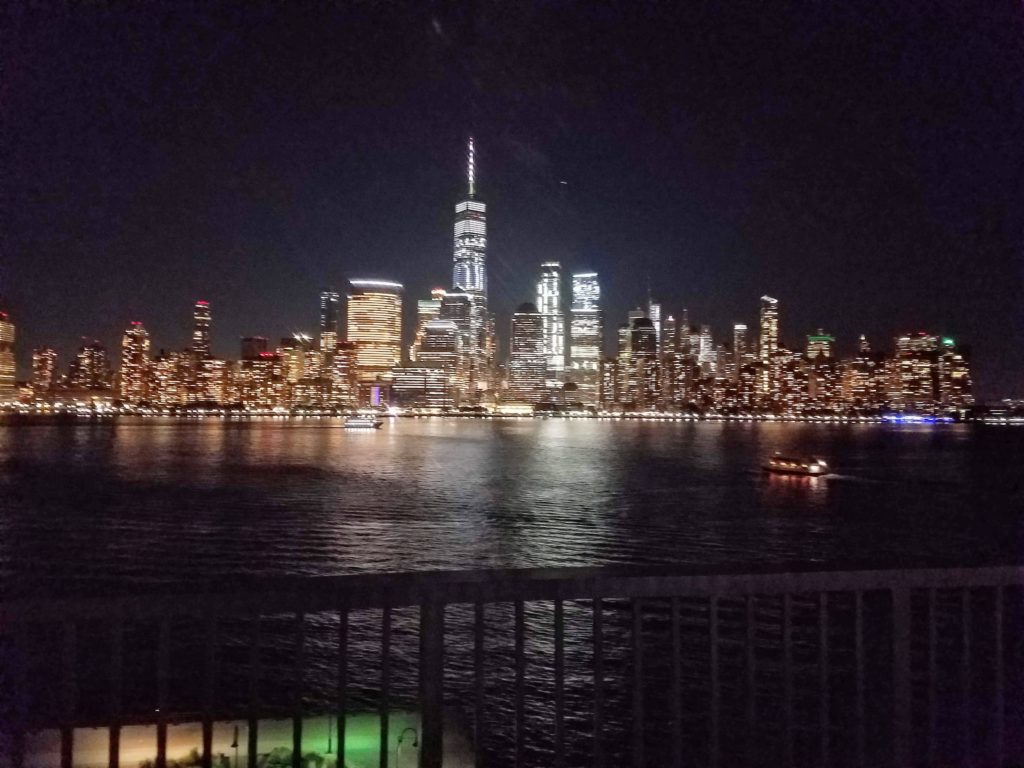


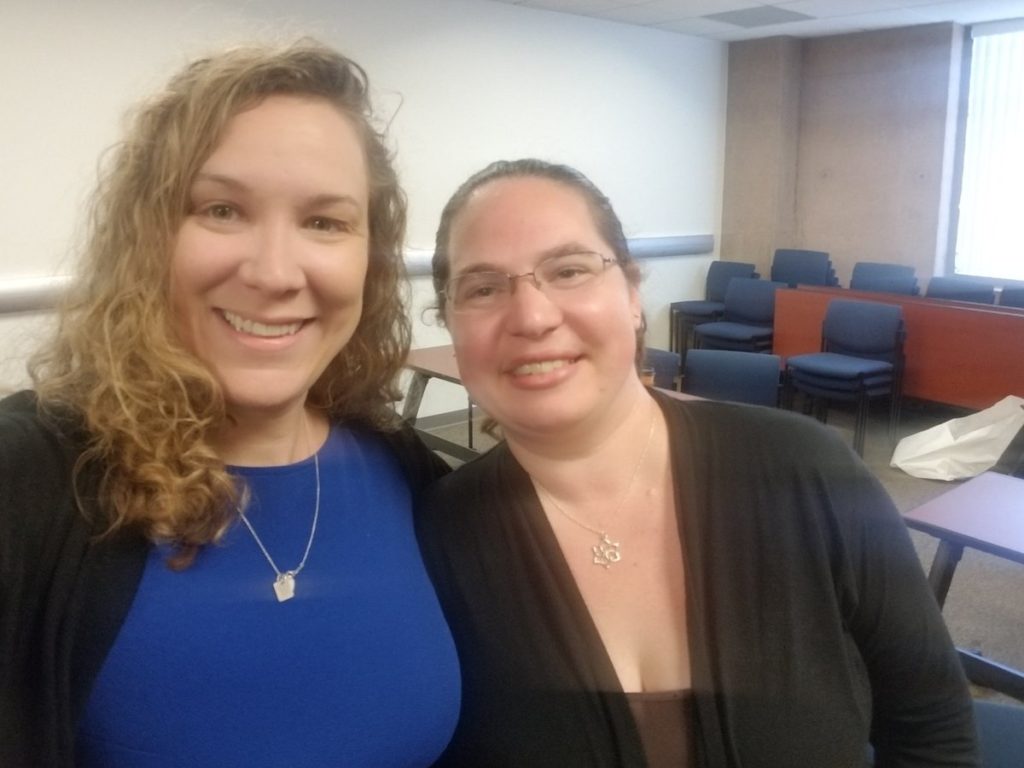



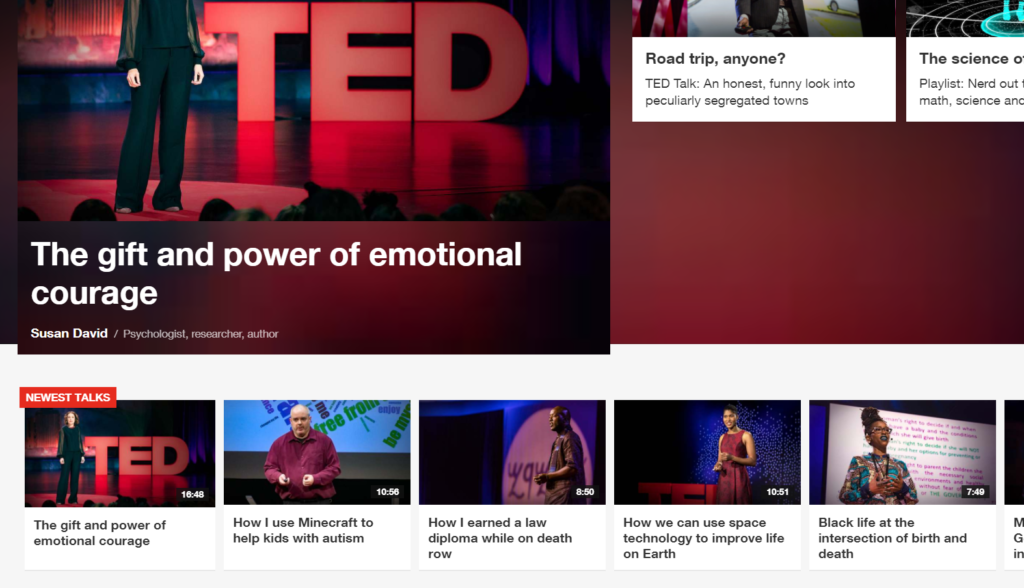
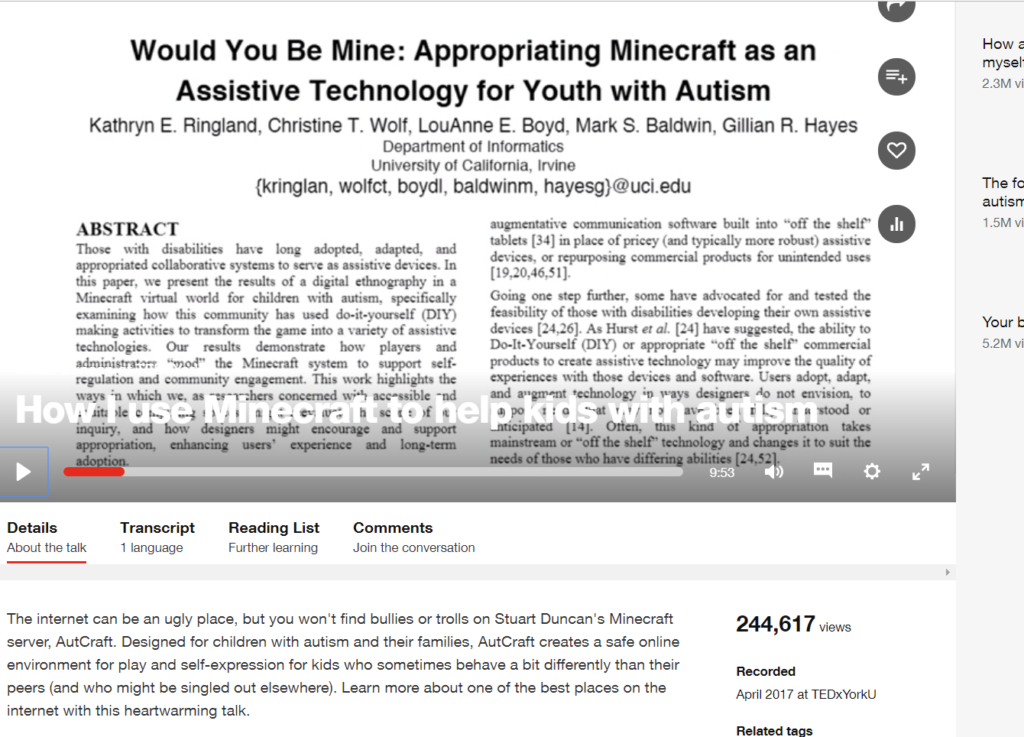
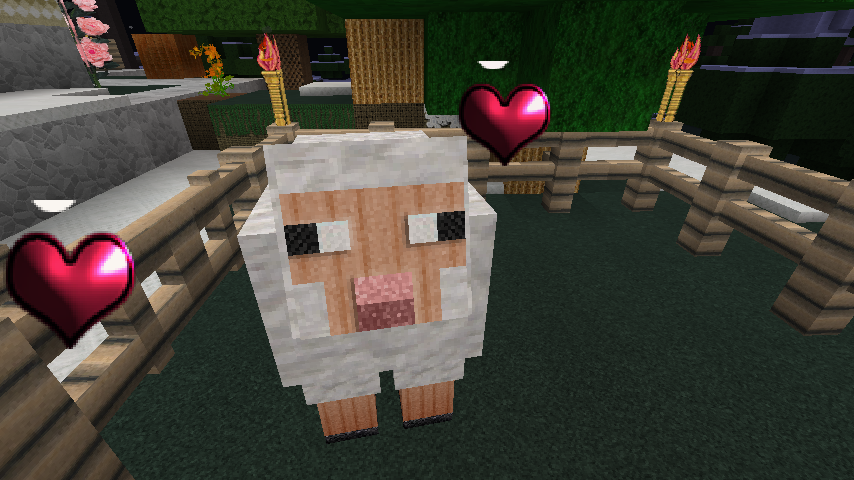
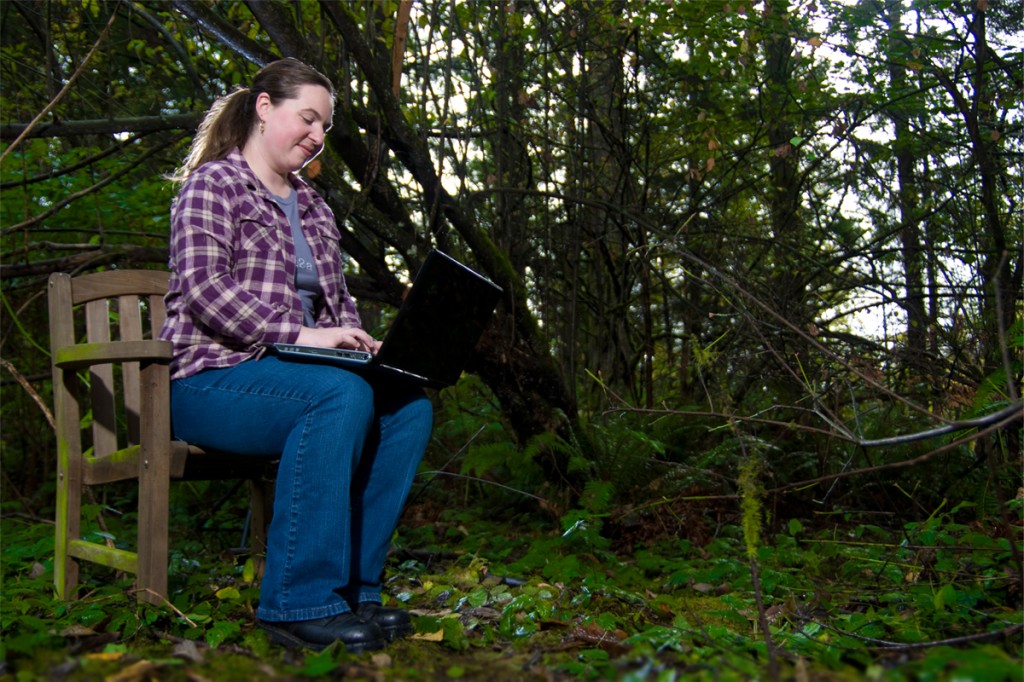
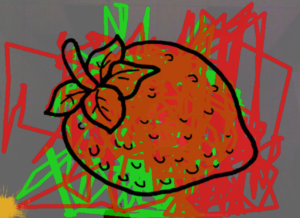
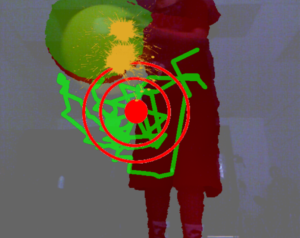
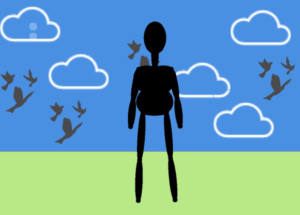
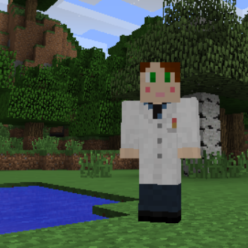
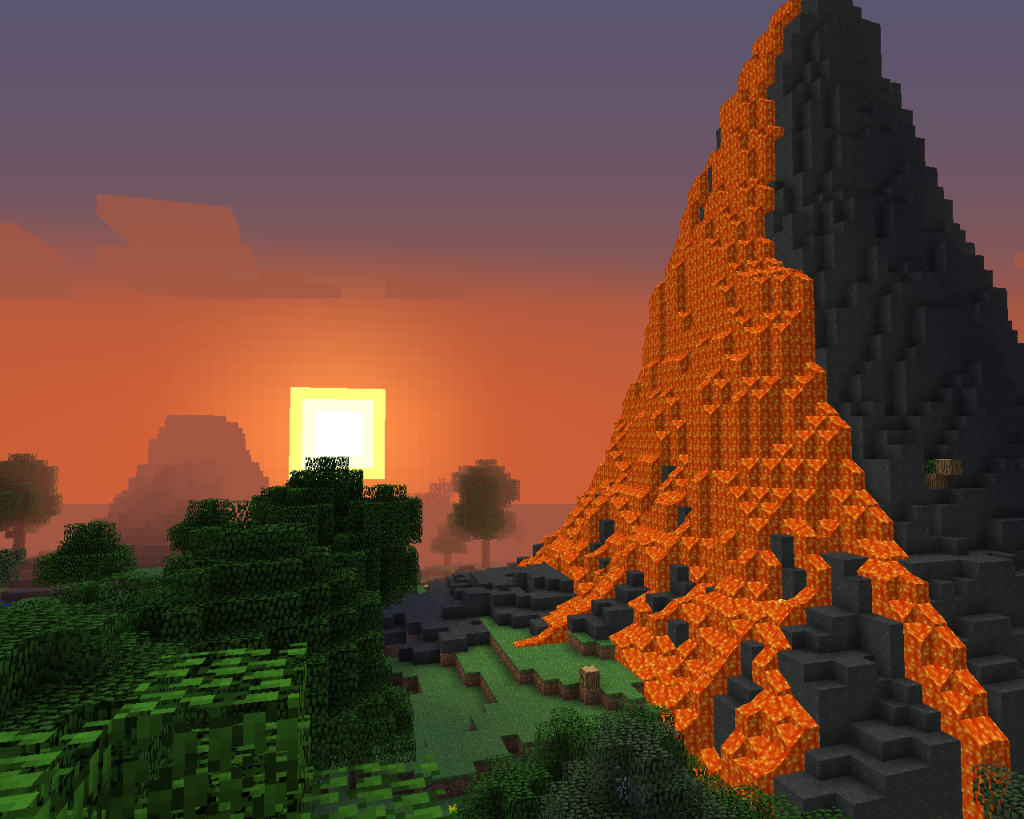
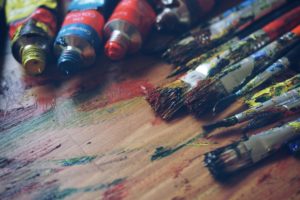
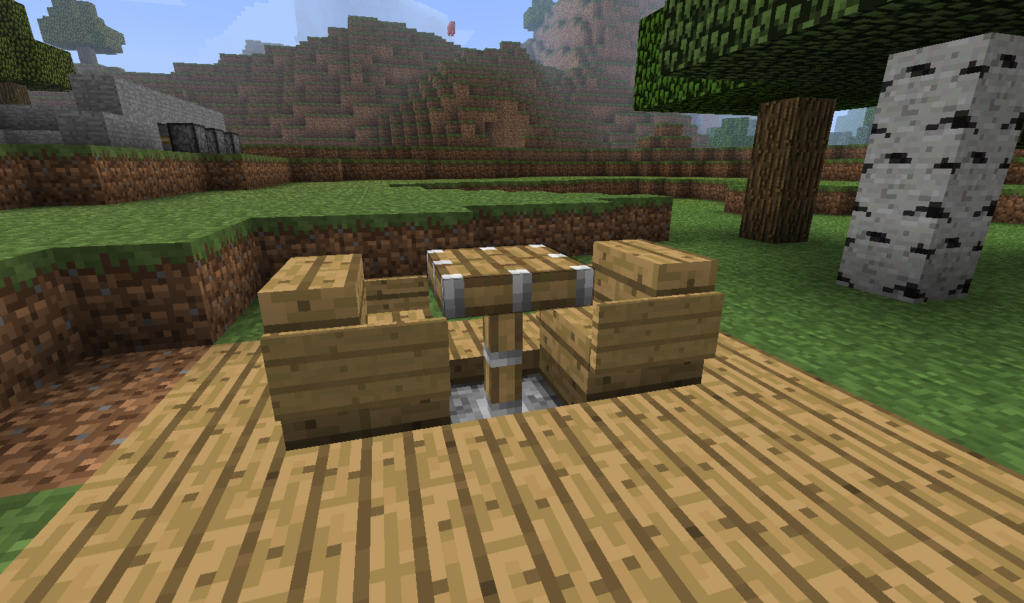
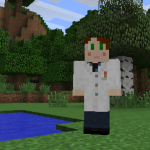 Acknowledgements: We thank the members of Autcraft for the warm welcome into their community. We also thank members of LUCI and the anonymous reviewers for their feedback on this paper, and Robert and Barbara Kleist for their support. This work is covered by human subjects protocol #2014-1079 at the University of California, Irvine.
Acknowledgements: We thank the members of Autcraft for the warm welcome into their community. We also thank members of LUCI and the anonymous reviewers for their feedback on this paper, and Robert and Barbara Kleist for their support. This work is covered by human subjects protocol #2014-1079 at the University of California, Irvine.